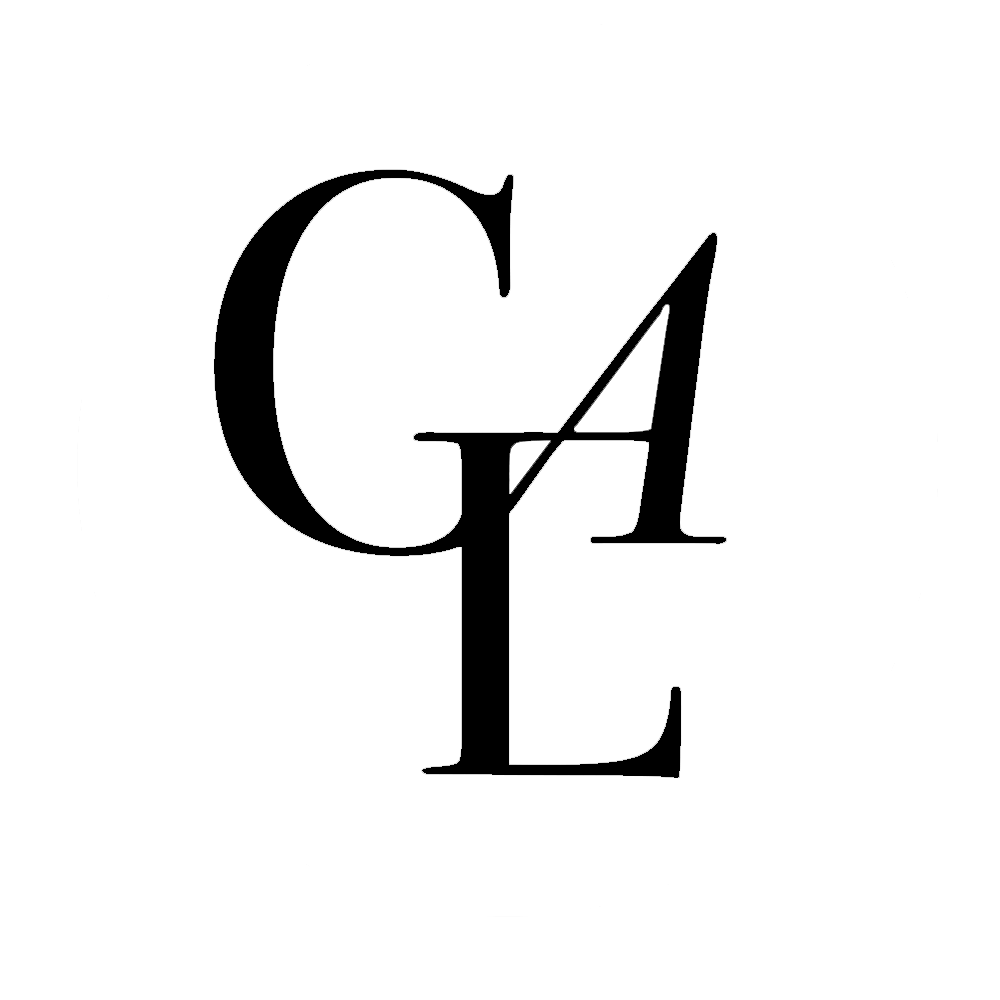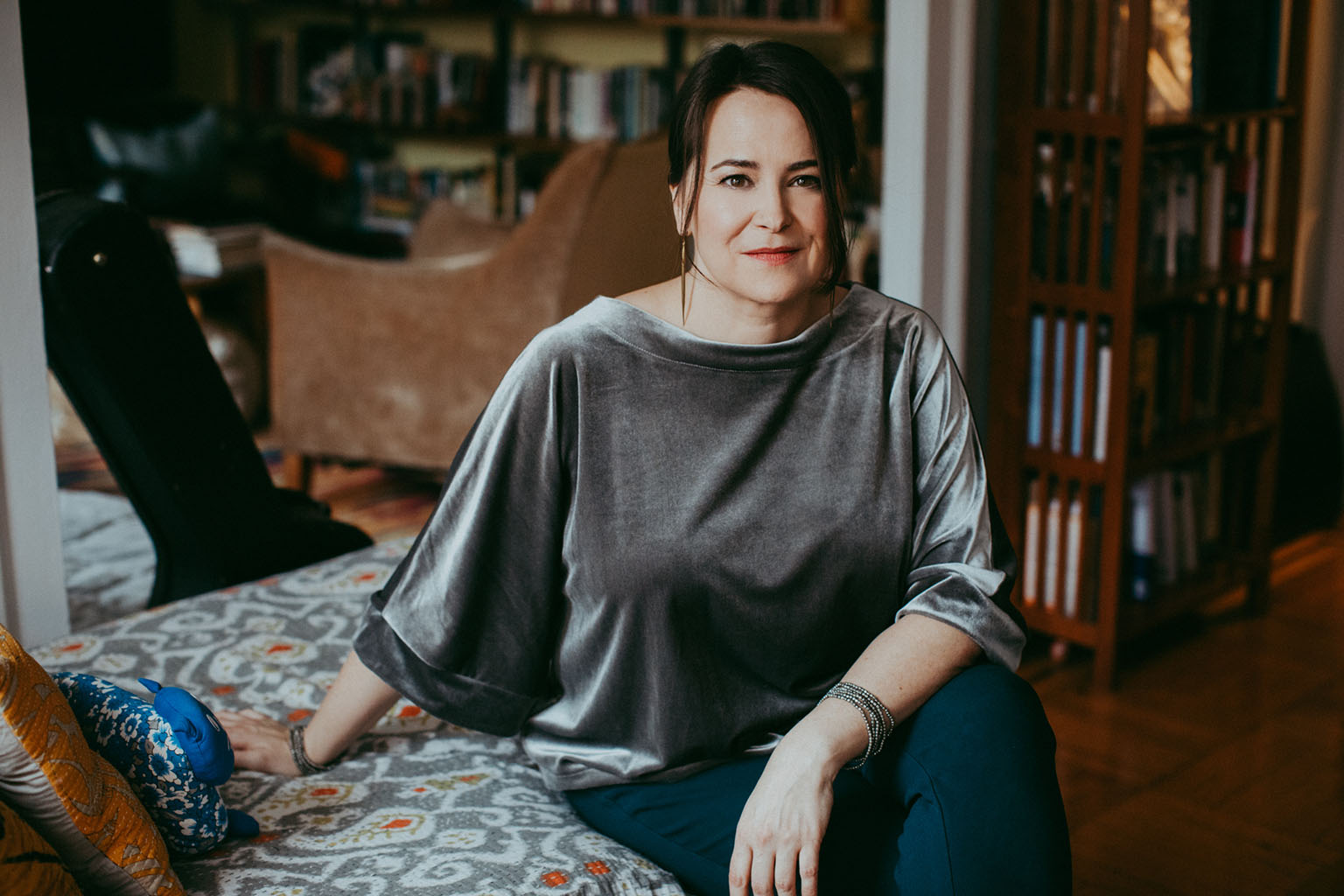Part book review, part impressionistic scribblings on the joys of reading and the struggles of carving out time in which to do it, #ABookishYear is a weekly dispatch from the front lines of an intellectual journey spanning fifty-two tomes.
Twyla Says
By Roxanne Fequiere
Not long after finishing dance luminary Twyla Tharp’s The Creative Habit: Learn It and Use It For Life, I took to Google, tapping out the affliction that, until that moment, I’d never admitted to having. “A word for someone who buys books but doesn't read them,” I typed. I remembered purchasing The Creative Habit at The Strand, though I couldn’t remember when, which means that Tharp’s seemingly infinite wisdom and practical advice had been collecting dust in my apartment for months, maybe years. Suddenly, every unread book I owned seemed lit from within as I reexamined my bookshelves—and there were a lot of them. I spied a title that I’d been given on the occasion of my high school graduation, still untouched. I needed to identify my condition so that I could cure it.
Most books that captivate me are ones that I’m sorry to see come to an end. I toy with the idea of rereading them immediately, just so that I can relive every twist and turn, relish in each clever turn of phrase. It’s a testament to the potency of Tharp’s work that I flew to my shelves after reading her book, eager to see what new information I might find there, excited to mine my environment for new information and inspiration.
In twelve chapters, she shares anecdotes about her creative successes and failures, lessons learned and mistakes made, along with a number of tried and true mental exercises that the reader can use at will. Unsurprisingly—considering the scope of her choreography—Tharp’s inspirations are delightfully wide-ranging. She is enthusiastic about Bach, Mozart, George Balanchine, Martha Graham, and Billy Joel, as well as Richard Avedon, Raymond Chandler, Neil Simon and Tess McGill, the titular character of the 1988 film Working Girl. (As a scrappy Staten Island girl who set her sights across the Narrows on the isle of Manhattan long ago, I consider Tess McGill one of my fictional patron saints.)
“her sharp humor and compassion creates a balance for the reader who shies away from creative endeavors, or perhaps doesn’t think of herself as a creative person at all.”
“I will keep stressing the point about creativity being augmented by routine and habit,” Tharp writes at the start of The Creative Habit. “Get used to it.” Her voice remains unwavering and formidable throughout, though her sharp humor and compassion creates a balance for the reader who shies away from creative endeavors, or perhaps doesn’t think of herself as a creative person at all. “As she puts it, succinctly and democratically, “There are no ’natural’ geniuses.” Reading her words, I felt the clarity and optimism of her words seeping into my psyche. As I completed her exercises, I found myself distilling ideas for essays, short stories, a novel. No small feat for a self-help book.
Like many people, the idea of a large creative undertaking can scare me into a state of inertia. Hard work, on the other hand, is my default state. That I could use the latter to tackle the oftentimes nebulous, indefinable parameters of the former is a notion that has come up more than a few times this past week, and just in time. After falling in love with Min Jin Lee’s Pachinko, listening to her speak about the hard-fought, research-heavy journey that led to the creation of her acclaimed first and second novels, I realized that perhaps here was a place where I could apply my latent yet inborn straight-A student energy. Between attending one of Lee’s writing workshops and finishing Tharp’s book this weekend, I’m feeling damn near invincible in my resolve to start my next creative chapter.
“For the first time this year, I feel as if reading fifty-two books in just as many weeks isn’t nearly enough.”
The word I was searching for on Google doesn’t exist in English, but there is a Japanese word that captures the concept: tsundoku, a term that dates back to the Meiji era and means “acquiring reading materials but letting them pile up in one's home without reading them.” I may have let The Creative Habit linger for far too long without cracking it open, but now that I know just how useful a tool it is, I won’t be returning it to its shelf anytime soon. Tomorrow, I plan to start using her exercises with a precise end goal in mind, answering the questions that constitute a “creative autobiography,” using “chaos and coins” (Exercise #11) to map out characters in a party scene, sitting on my stoop to complete her observing exercise (#5), and remembering to “build a bridge to the next day (#28) so that I don’t squander any momentum.
Perhaps most of all, I’m looking forward to “reading archaeologically” (#12), or “backwards in time,” as Tharp says. “I start where the author ended and finish where he started…each time I feel like a detective solving the mystery of how the writer got that way.” For the first time this year, I feel as if reading fifty-two books in just as many weeks isn’t nearly enough. There’s more work to be done.
Featured Book
Roxanne Fequiere is a New York–based writer and editor who might just make it after all.
Return to
FEATURED INTERVIEWS








